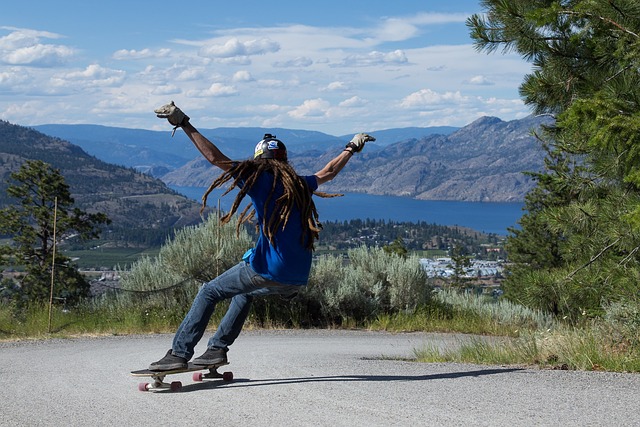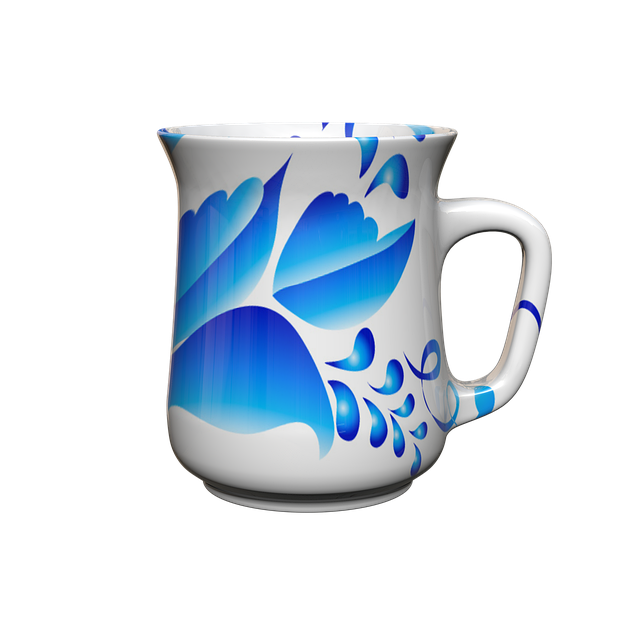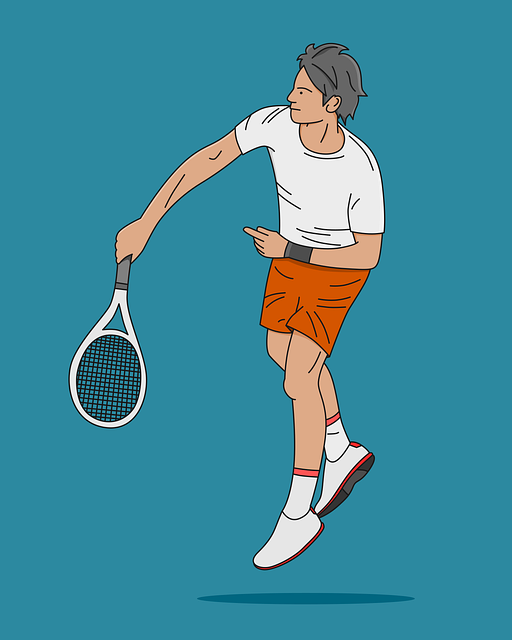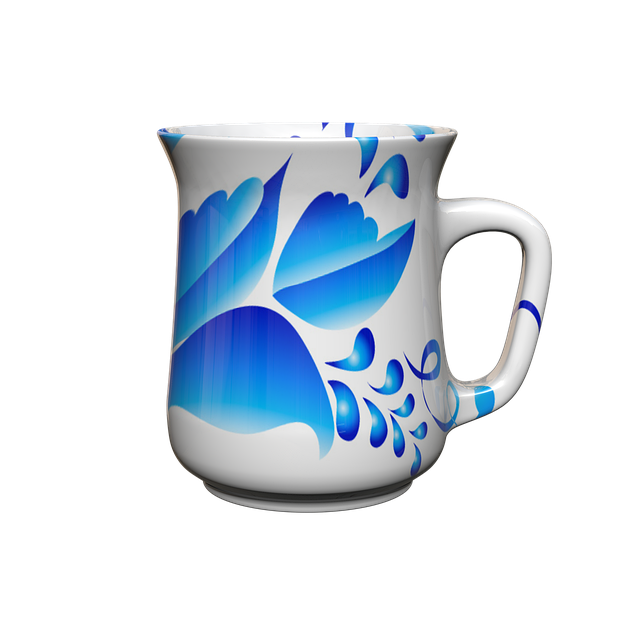Exploring the World of Longboards: A Beginner's Guide to Finding Your Perfect Ride

Understanding Longboard Decks: Size, Shape, and Style for Newcomers

When embarking on the journey of longboarding, understanding the intricacies of longboard decks is crucial for both beginners and seasoned riders alike. A longboard deck’s size can significantly influence the board’s stability and maneuverability. Typically, longer decks offer more space for foot placement, enhancing comfort and control during longer rides. Conversely, shorter decks are more responsive and ideal for tighter turns and quick maneuvers. The shape of the deck also varies, with options like drop-through, top-mount, and double kicks being popular among longboard enthusiasts. Drop-through decks provide a lower center of gravity and are excellent for downhill riding and carving. Top-mount decks offer greater pop and are well-suited for freeride and dancing. Double kick decks combine the features of both downhill and freestyle boards, allowing riders to perform tricks while retaining the stability needed for faster rides.
Style is another important factor when selecting a longboard deck as a beginner. The style you choose should align with your intended use – whether it’s cruising, carving, or freeriding. Each style has its own set of preferred deck shapes and sizes. For instance, a longer, more flexibile deck is ideal for cruising due to its smooth ride and ease of pushing. Carving decks are often narrower with a stiffer profile to facilitate quick, responsive turns. Freeride decks might be wider and designed for maximum control and stability at higher speeds. Beginners should also consider the deck’s construction material, which can range from maple to bamboo, each offering different ride characteristics and flex patterns. By understanding these aspects of longboard decks, newcomers can make an informed decision that aligns with their riding style and preferences, ensuring a more enjoyable and rewarding experience on their longboard for beginners journey.
Truck Talk: Kingpin Types, Hanger Angles, and Axle Configurations for Starters

Wheel Wizardry: Durometer, Diameter, and Material Choices for Beginners

Longboarding offers a unique and exhilarating experience for beginners, and a key aspect of this is understanding the wheel wizardry that influences your ride. The durometer, diameter, and material of your longboard wheels significantly impact performance and comfort. Durometer refers to the wheel’s hardness, measured on a scale from 70A (soft) to 85A (hard). Beginners often benefit from softer wheels, which provide better grip and absorb shock from rough surfaces, making for a smoother ride. A common recommendation is a durometer between 78A and 82A, as this range strikes a balance between control and responsiveness.
Wheel diameter also plays a crucial role in the longboarding experience. Typically ranging from 60mm to 80mm, the size affects your board’s speed and stability. Larger wheels, around 70mm or more, are generally preferred by beginners because they offer better roll and can handle various terrains with ease. They also reduce the frequency of pushing off, which can be beneficial for those still mastering their stride. As for materials, urethane is the gold standard for longboard wheels due to its durability and performance characteristics. It’s lightweight, wears well over time, and offers a responsive ride that can adapt to different riding styles and surfaces. When selecting your first set of wheels, consider how you’ll be using your longboard—whether it’s for cruising, commuting, or carving—and choose wheels that complement those activities. With the right combination of durometer, diameter, and material, beginners can enjoy a safer and more enjoyable longboarding experience, paving the way for advanced techniques and longer rides.
Bushing Basics: Soft Bushings for Carving or Hard for Stability?

Bearings and Their Impact on Longboard Performance for the Novice Rider

Choosing the right longboard as a novice rider can significantly influence your overall experience and performance on the board. Longboards designed for beginners often come with a variety of bearing options, each affecting the ride differently. Bearings are crucial components of a longboard, as they facilitate the smooth rotation of the wheels, which is essential for stability and control. For those just starting out, it’s advisable to opt for bearings with a high ABEC rating, which indicates a higher degree of precision and potentially smoother performance. However, beyond the rating, the type of bearing—whether it be a standard abec, ceramic, or high-speed bearings—will impact how responsive your longboard feels, as well as its durability and ability to handle different terrains. A set of quality bearings can absorb some of the shock from uneven surfaces, making it easier for beginners to learn and progress. Additionally, proper maintenance of these bearings is key; cleaning and lubricating them regularly will keep them functioning optimally, ensuring a safe and enjoyable ride as you develop your skills on a longboard for beginners.
Grip Tape Grasps: How to Choose the Right Texture for Your Footing

Footwear Matters: The Best Shoes to Complement Your Longboarding Style

Accessorizing Your Longboard: Deck Grips, Truck Bushing Washers, and Safety Gear Essentials

For those embarking on their longboarding journey, understanding the various components that enhance both performance and safety is crucial. Accessorizing your longboard can significantly impact your experience, whether you’re carving through city streets or cruising along scenic trails. Beginners should prioritize deck grips, as they provide much-needed traction and control. These grippy surfaces prevent slippage, ensuring your feet stay securely in place during turns and maneuvers. Selecting the right grip tape is essential; it should offer a balance between tackiness and smoothness for optimal performance without causing unnecessary abrasion to your shoes or skin.
In addition to deck grips, truck bushing washers are an often-overlooked but vital component. These small, yet significant, accessories can fine-tune your longboard’s responsiveness and stability. By altering the durometer (hardness) of the bushings and selecting appropriate washers, you can adjust the flexibility or ‘pivot’ of your trucks, which in turn affects the board’s turning ability and overall ride quality. Beginners should experiment with different bushing setups to find the ideal balance for their weight, skill level, and intended use. Safety gear is non-negotiable; a high-quality helmet, protective knee and elbow pads, and wrist guards are essential to safeguard against injuries. Proper safety equipment can make the difference between walking away from an accident and suffering an avoidable injury. Thus, when accessorizing your longboard for beginners, remember to prioritize deck grips, fine-tune your trucks with bushings and washers, and never hit the road without the appropriate safety gear. This trifecta of upgrades will enhance both your enjoyment of the sport and your ability to ride confidently and safely.
